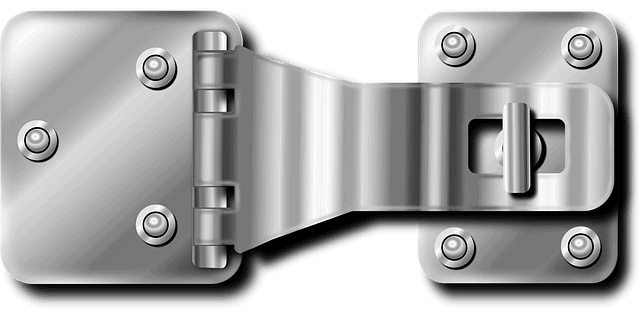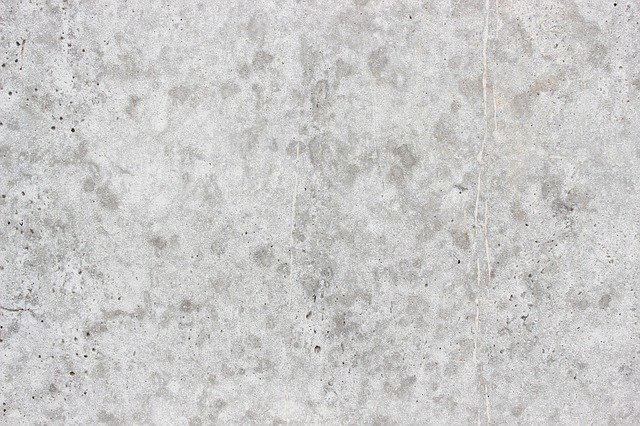Can You Clean HVLP With Acetone?
Are you wondering if it’s safe to clean your HVLP (High Volume Low Pressure) spray gun with acetone? You’ve come to the right place!
- In this article, we’ll explore the topic of cleaning HVLP guns with acetone and provide you with all the essential information you need to make an informed decision. We’ve done the research for you, so let’s delve into the details.
Yes, you can clean HVLP spray guns with acetone. Acetone is a commonly used solvent that can effectively remove paint and other coatings from the internal components of the HVLP gun. However, it’s crucial to use acetone properly and take necessary precautions to ensure safety and prevent damage to the spray gun.
Can you clean HVLP with acetone?
Acetone is a powerful solvent widely used in various industries for its excellent ability to dissolve many different substances, including paint and coatings.
When used as a cleaner for HVLP spray guns, it can help maintain the gun’s performance and prolong its lifespan. However, there are some essential considerations to keep in mind:
1. Ventilation and Safety Precautions:
Adequate ventilation is crucial when using acetone as it produces strong fumes. Always work in a well-ventilated area or use a fume extractor to remove vapors from the workspace.
Additionally, it’s essential to wear appropriate personal protective equipment, including gloves and safety goggles, to protect your skin and eyes from contact with the solvent.
2. Disassembling the HVLP Gun:
Before cleaning with acetone, it’s vital to disassemble the spray gun as much as possible. This includes removing the nozzle, air cap, and other removable parts to clean them separately.
By disassembling the gun, you can ensure thorough cleaning of all components, preventing any residue buildup that may affect the spray pattern and overall performance.
3. Soaking Method:
The most effective way to clean HVLP spray gun parts with acetone is by using the soaking method. In this process, you submerge the disassembled parts in a container filled with acetone for a few minutes.
The solvent will penetrate and dissolve the paint and residues, making it easier to clean.
4. Avoid Plastic Parts:
One important caveat when using acetone to clean HVLP guns is to avoid using it on plastic components. Acetone can react with certain types of plastics, causing them to warp, crack, or dissolve.
It’s best to use a milder solvent or soapy water for cleaning plastic parts.
5. Rinsing and Drying:
After soaking the parts in acetone, it’s essential to rinse them thoroughly with clean water. This step is crucial to remove any remaining acetone and loosened residues.
Once rinsed, allow all parts to air dry completely before reassembling the spray gun.
6. Regular Maintenance:
While acetone can be a potent cleaning agent, it’s not necessary to use it after every use of the HVLP gun. For routine cleaning, a milder solvent, such as isopropyl alcohol (IPA) or soapy water, can be sufficient.
Regular maintenance and proper cleaning practices can help keep your HVLP gun in excellent working condition.
Additional Questions:
Question 1: What are the alternatives to acetone for cleaning HVLP spray guns?
There are several alternatives to acetone for cleaning your HVLP spray gun:
- Isopropyl Alcohol (IPA): IPA is a milder solvent that can be used for routine cleaning and removing water-based coatings. It is less harsh than acetone and safer to use on plastic components.
- Mineral Spirits: Mineral spirits can effectively dissolve oil-based paints and coatings without causing damage to the HVLP gun. It is less aggressive than acetone and suitable for regular maintenance.
- Soapy Water: For light cleaning and removing water-based materials, a mixture of warm water and mild dish soap can be used. It is safe for both metal and plastic parts of the spray gun.
Question 2: Can I use acetone to clean the paint cup of my HVLP spray gun?
Yes, you can use acetone to clean the paint cup of your HVLP spray gun. Ensure you thoroughly rinse the cup with clean water after cleaning to remove any traces of acetone before using it again.
Question 3: How often should I clean my HVLP spray gun?
The frequency of cleaning your HVLP spray gun depends on how often you use it and the types of materials you spray. For regular users, it’s advisable to perform a thorough cleaning after every painting session.
However, if you use the gun infrequently, you should still perform maintenance cleaning every few weeks or months, even if the gun has not been used extensively.
Why Acetone for Cleaning HVLP Spray Guns?
Acetone is a popular choice for cleaning HVLP spray guns due to its fast-evaporating properties and its ability to dissolve a wide range of coatings, including stubborn paints and varnishes.
Many professional painters and hobbyists prefer using acetone because of its effectiveness in removing dried or hardened paint residues from the internal components of the gun.
Additionally, acetone is readily available at most hardware stores and is relatively inexpensive, making it a cost-effective cleaning solution.
Proper Handling and Safety Measures
While acetone is an effective solvent, it’s essential to handle it with care. As mentioned earlier, always work in a well-ventilated area to prevent inhaling fumes. Acetone can also be highly flammable, so it’s crucial to keep it away from open flames or sparks. When cleaning HVLP spray guns with acetone, consider the following safety measures:
- Work in a well-ventilated area or use a fume extractor.
- Wear appropriate personal protective equipment, including gloves and safety goggles.
- Keep acetone away from heat sources and open flames.
- Use acetone sparingly and avoid excessive exposure to the solvent.
By following these safety measures, you can ensure a safe and effective cleaning process for your HVLP spray gun.
Alternatives to Acetone
If you prefer not to use acetone or need a milder solvent for routine cleaning, there are other alternatives available. Isopropyl alcohol (IPA) is a popular choice for routine cleaning, especially for water-based coatings.
IPA is less harsh than acetone and is generally safe to use on most metal and plastic components of the spray gun.
Mineral spirits, also known as white spirits, are another effective alternative for removing oil-based paints and coatings. They are less aggressive than acetone and pose a lower risk of damaging the HVLP gun’s components.
For light cleaning and maintenance, you can use a mixture of warm water and mild dish soap. This method is safe for both metal and plastic parts of the spray gun and is suitable for removing water-based materials.
Cleaning the Paint Cup
Cleaning the paint cup of your HVLP spray gun is essential for maintaining proper paint flow and preventing contamination.
Acetone can be used to clean the paint cup effectively. Simply pour a small amount of acetone into the cup, swirl it around, and then pour it out.
Rinse the cup thoroughly with clean water to remove any remaining acetone and traces of paint. Ensure the cup is completely dry before refilling it with paint.
Regular Maintenance and Cleaning Schedule
Proper maintenance and regular cleaning are essential for keeping your HVLP spray gun in optimal condition. If you use the gun frequently, clean it thoroughly after each painting session to remove any paint residue or debris. For infrequent users, perform regular maintenance cleaning every few weeks or months, depending on how often the gun is used.
Conclusion:
In conclusion, cleaning HVLP spray guns with acetone is possible and effective when done correctly. Acetone is a potent solvent that can remove paint and coatings from the internal components of the gun.
However, it’s crucial to follow safety precautions, disassemble the gun, and avoid using acetone on plastic parts. There are also milder alternatives available for routine cleaning.
Regular maintenance and proper cleaning practices can ensure your HVLP spray gun performs at its best and serves you well for years to come. Remember to prioritize safety, and ventilation, and use appropriate personal protective equipment when handling solvents like acetone.
Happy painting and cleaning!





